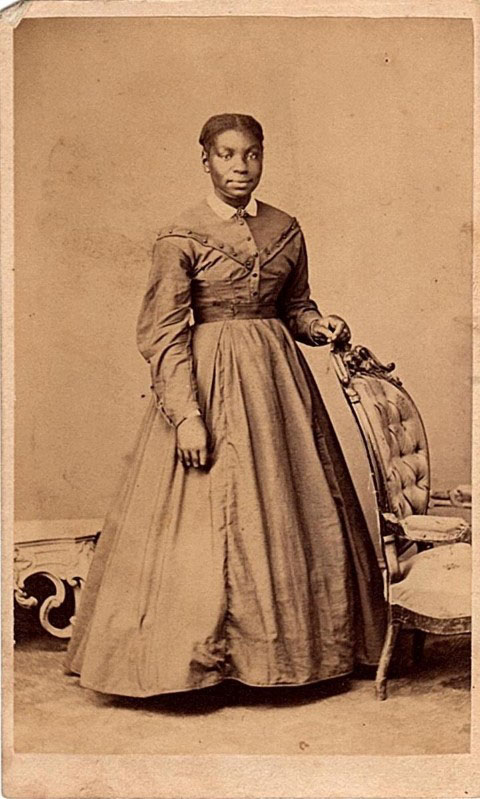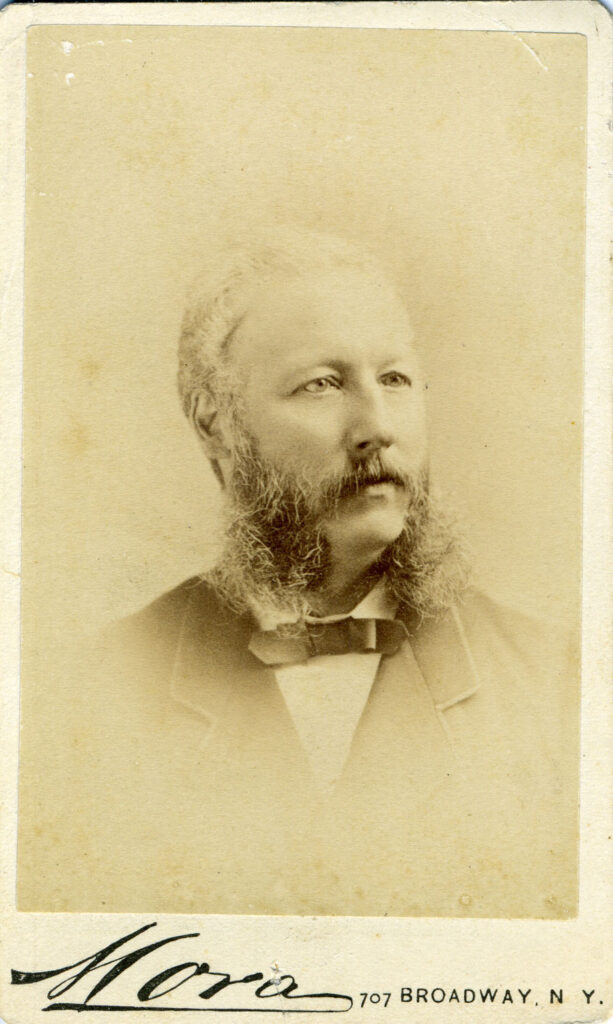Section #14 - Anti-Slavery sentiment grows due to the Fugitive Slave Act and Uncle Tom’s Cabin
Chapter 173: Lemon v New York Asserts A “Once Free Forever Free” Standard
November 13, 1852
The Lemmon v New York Case Frees Slaves Brought To The State Voluntarily By Their Owner

Just after Pierce is elected in November 1852 another landmark case related to the Fugitive Slave Act begins to play out in the state of New York.
It involves Jonathan and Juliet Lemon, who are in the process of moving from their current home in Bath County, Virginia, to Texas, along with their seven children and eight slaves inherited by Juliet in 1837. Their plan is to go by steamship to New Orleans, but upon reaching Richmond, they face a three week delay in departure. Hence they board the City of Richmond for New York City to pick up an earlier passage there.
On November 5, 1852, they reach the city and check in to a boarding house near the docks, expecting to leave for New Orleans the next day. Instead they find themselves appearing before Superior Court Judge Elijah Paine to answer a writ of habeas corpus which says they have forfeited ownership of their slaves by voluntarily bringing them into the Free State of New York.
The writ is initiated by one Louis Napoleon, a free black associated with the local Underground Railroad, who has been tipped off to the slave’s presence by the ship’s steward. Appearing in court on their behalf are two abolitionist lawyers, John Jay, grandson of the founding father, and Erastus Culver.
When the Lemon’s learn of the charges, they are devastated, according to press coverage, which materializes quickly.
Mr. Lemmon, when informed of the possible, if not probable, loss of his slaves, cried like a child. … Mrs. Lemmon went to where they were sitting, and in a tone and manner, highly excited, but more indicative of a mother to her children than a mistress to her slaves, thus addressed them—’Have I ever ill-treated you? Have you not drank from the same cup and eat from the same bowl with myself? Have I not taken the same care of your children as if they were my own? Did I not give up all I possessed in my native land, in order that you and I might go to another, where we could be more comfortable and happy? Did you ever refuse to come along with me, until you were prompted to do so?
Arguments begin on August 9, with both sides represented with skill and vigor. The plaintiff, Lemon (sometimes spelled Lemmon), contends that the Comity Clause of the 1787 Constitution and the Supreme Court’s 1824 ruling in Gibbons v Ogden guarantees his right to transport his “property” across all state lines without threat of seizure.
The defense cites an 1817 New York State Law declaring that “no person held as a slave shall be imported, introduced, or brought into this State on any pretense whatever … Every such person shall be free.” They also claim that Gibbons v Ogden is confined to prohibiting monopolies in the shipping industry, not issues related to slaves.
The two sides also battle over the 1850 Fugitive Slave Act, with Jay arguing that since the Lemon’s brought the eight defendants into the state voluntarily, they were never “fugitives” – and hence the statute is irrelevant.
In the end, Judge Paine comes down on the side of the defendants, declaring that the slaves are to be freed. While his opinion cites the 1817 State Law prohibiting the importation of slaves into New York, he also references a 1772 ruling in Great Britain in Somerset v Stewart. In this case, Lord Mansfield finds that “common law” – i.e. the “law of precedents” formed by a series of prior judicial findings – in effect prohibits chattel slavery.
The state of slavery is of such a nature that it is incapable of being introduced on any reasons, moral or political, but only by (statute), which preserves its force long after the reasons, occasions, and time itself from whence it was created, is erased from memory. It is so odious, that nothing can be suffered to support it. Whatever inconveniences, therefore, may follow from the decision, I cannot say this case is allowed or approved by the law of England; and therefore the black must be discharged.
After the verdict is in, the eight emancipated slaves are well cared for by their rescuers. A fund of $800 is collected on their behalf, and, in December, a meeting hosted by Lewis Tappen results in their relocation to the thriving Elgin Settlement, in Buxton, Ontario. Elgin is an “experimental black community,” run by William King, a white man who frees his inherited slaves after becoming a Presbyterian minister in 1846, and founds the Settlement in 1850.
On the other hand, Jonathan Lemon laments that “the result of the proceedings in court has deprived me of all my property, amounting at least to $5,000.” Along with his family and minus their slaves, Lemon abandons the move to Texas for a return to his starting place in Virginia.
1852-1861
The South Responds To Lemmon v New York With Ongoing Appeals

As expected, Southerners are outraged by the NY Superior Court decision and try to have it reversed on appeal. The charge is led here by the House of Delegates in Virginia, which will pursue the case right up to the start of the Civil War, when its practical relevance disappears.
Judge Paine himself is troubled by the obvious economic loss he has imposed on the Lemon family (which is not wealthy) and heads a collection campaign that fully compensates them monetarily. This outcome leads the New York Court of Appeals to again rule against Lemon, since he has been paid in full for all eight slaves. During this initial appeals phase, a new lawyer joins the Erastus Culver firm to argue for the defense. He is Chester A. Arthur, who will become America’s 21st President in 1881.
The New York Supreme Court grants certiorari (agreement to review the case) to the plaintiff, but this trial also goes against Lemon, with only one dissenting justice.
With every appeal, the case attracts more national publicity and more Northern support for Lemon’s slaves.
But for the South, the rulings remain inconceivable. How can owners possibly be deprived of “their property” simply by having their slaves accompany them into a Free State? To reverse the decision they demand that the U.S. Supreme Court hear the case and correct the erroneous findings in New York.
They will finally get their way in 1857, not with the Lemon case, but with one involving a different slave, Dred Scott.